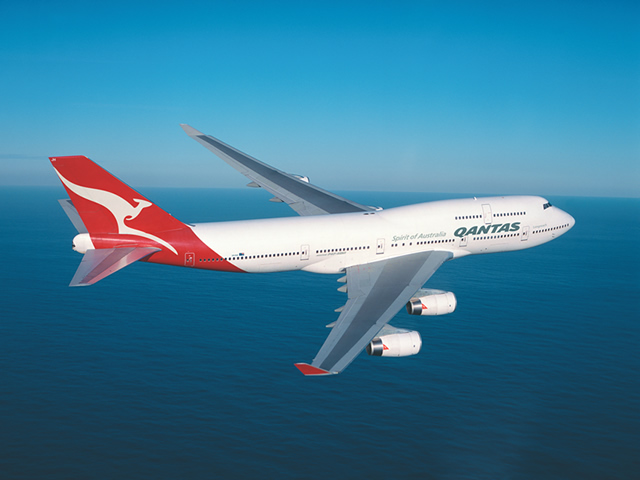American Airlines and Qantas today announced their intention to form a Joint Business Agreement on their services between the United States and Australia/New Zealand, within these regions and beyond to third countries. The irony is that American Airlines does not operate to Australia/New Zealand. So, this is not a revenue sharing agreement since AA does not generate anything.

Qantas B747 - Courtesy: Qantas
American and Qantas are part of the Oneworld alliance and already place each others code on their respective schedules. So, what does this agreement bring to the table? The main reason behind this tie-up is the shift of Qantas’ services from San Francisco International Airport, where it has virtually no connection feed, to Dallas/Fort Worth International Airport, where American operates its biggest hub.
The idea makes sense on many fronts: Qantas had virtually no connecting traffic from San Francisco. It had to compete with United, which operates a major trans-pacific hub there with lots of feed from throughout the US and Canada. Shifting the route to DFW makes sense as it opens up the entire US and Canada to Qantas through American’s extensive network. This also gives Qantas a nice way to balance the US flights between a West Coast (Los Angeles) and a Midwest (Dallas/Fort Worth) destination offering better connections. For American, which does not have an aircraft that can stretch the DFW – Australia route nonstop, it offers a nice compromise by placing its code on Qantas’ Australian and New Zealand destinations. Qantas will operate only four services a week and hence it is a decent start. American might consider operating its own metal on this route (or from Chicago?) when it gets B787 dreamliner (expected in 2014).
It is interesting to note that this proposal comes in the wake of Delta Air Lines and Virgin Australia gaining approval from the US Department of Transportation for their alliance. Delta, which is expanding its presence in Los Angeles, already operates the Los Angeles – Sydney route. V Australia, which is the international arm of Virgin Australia, operates flights from Los Angeles to Sydney, Melbourne and Brisbane with connections throughout Australia and New Zealand.
So the competition in the US – Australia air service market is heating up. Qantas and United Airlines are the largest operators in this sector with Delta trying to gain some market share. With the Joint Business Agreement with American Airlines, Qantas, which is the largest player in the sector, is trying to protect its turf. United Airlines, the second biggest player in the sector, has Air New Zealand as the Star Alliance partner. United also has plans to start the Houston – Auckland route when it gets the B787. With Delta, finally getting approval for its alliance with a re-invigorated Virgin Australia, the battle lines are drawn.
Let the games begin!!!

